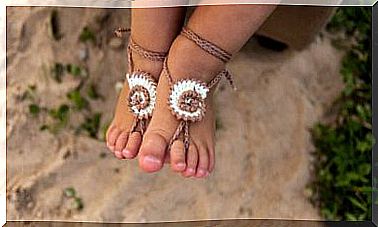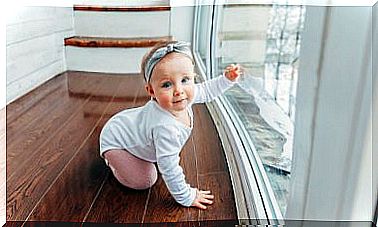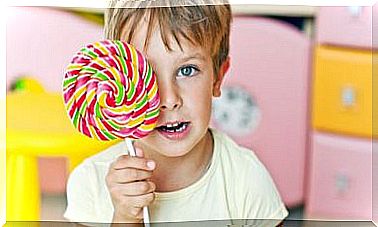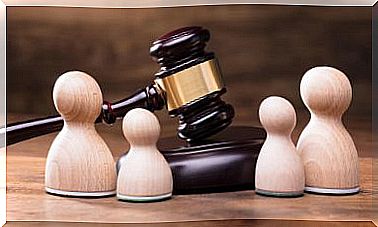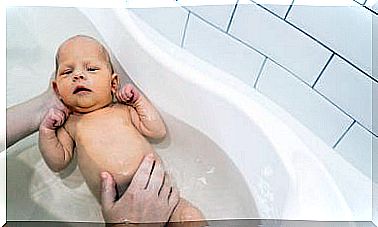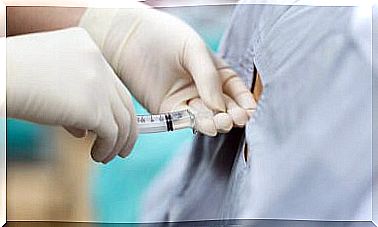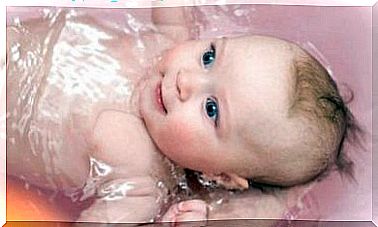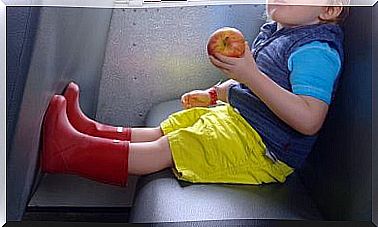3 Things That Could Cause A Lot Of Harm To Babies
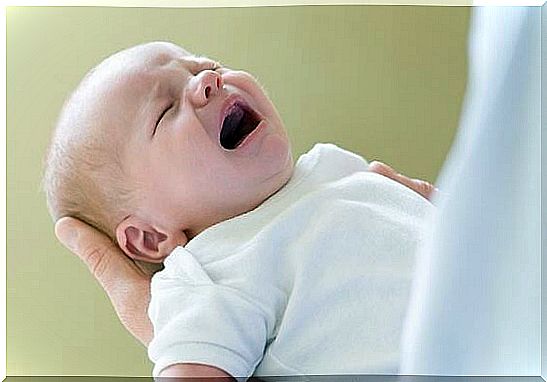
Although it may seem harmless, there are some things that cannot be done with babies. Below we will name three actions that most parents practice very often with their children. It is important to be aware of the serious damage this could cause, to avoid it at all times.
Things that will hurt a baby
Pull them by the arms
It is common to observe that it becomes a habit among parents to pull children by the arms. It can be to lift them, either from the floor or from the crib, perhaps to play the plane or swing them.
Children under 4 years of age have delicate joints, they may be at risk of dislocation. Although not done with malicious intent, jerky movements and jerks can cause serious injury. Elbow and shoulder dislocation are the most common injuries that can be seen in these cases.
Regarding elbow dislocation, also called pulled elbow or nurse’s elbow, it is the dislocation of the head of the radius. This bone next to the ulna forms the forearm, this injury is very painful that prevents the arm from bending and twisting. Emergency care is recommended so the doctor can flex the bone to its normal position.
For its part, shoulder dislocation is the one most commonly seen in children under 4 years of age. When lifting the child, the weight of the child can cause the head of the humerus to dislocate from the socket of the scapula. However, it can also be caused by a fall.
It is worth mentioning that great care must be taken, as after a dislocation the elbow or shoulder is likely to come off easily when the arm is stretched. The best and safest thing to do is to gently grasp them by the armpits when you go to get up or play with them.
Throw them in the air
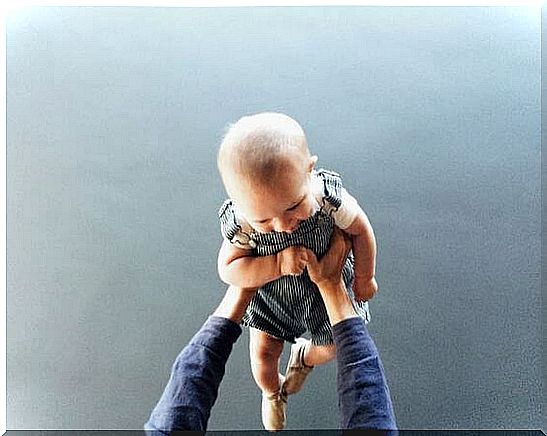
Throwing a baby into the air involves many risks, among these we highlight.
- Tension in the neck. Commonly, the control of the baby’s head begins to develop at 4 months of age. Lifting the child into the air can cause tension or pulling on the neck that his little head could not handle properly.
- Falls It is possible that the person responsible is not able to catch it and it falls to the ground with a strong blow. A small fall can cause problems such as fractures, bruises, internal bleeding. However, a long fall on a hard surface can make these problems more severe.
- Restless baby syndrome. Swinging or rocking the baby gently should not be risky. However, throwing it into the air works the same as a strong shake. The result can be an agitated baby, whose main risk is trauma to the bones, brain or eyes.
Shake them
It is essential to mention that a child should never be shaken. Some people may try to calm a crying baby by shaking it. However, shaking is very dangerous for little ones, as their brain can be hit by the skull, which is very close.
In addition, the neck muscles are weak and the head is large and heavy. When shaken they cause the brain to move inside the skull. The result is that the baby can suffer bruises, bleeding or swelling, causing serious brain damage, even death.
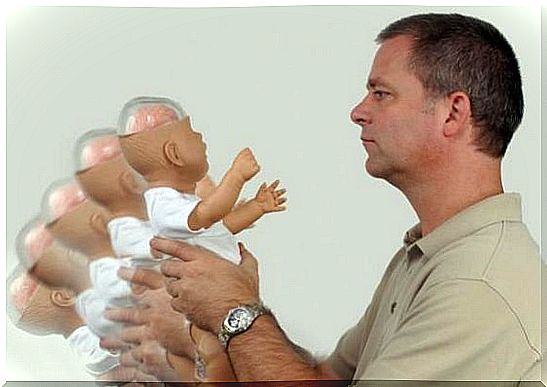
Shaken baby syndrome is a type of trauma or brain injury that occurs when a young child is roughly shaken. This often occurs in babies up to one year of age, with the highest risk at two to four months of age.
Symptoms of shaken baby syndrome
- Extreme irritability
- Seizures
- Vomiting
- Lethargy (extreme tiredness, lack of movement, inability to stay awake)
- Pale or bluish skin
- Tremors
- Respiratory problems
- Bruises
- State of unconsciousness or coma
Consequences of shaken baby syndrome
- Permanent brain damage
- Blindness
- Hearing loss
- Speech and learning disorders
- Mental retardation
- Damage to the neck or spine
- Death
